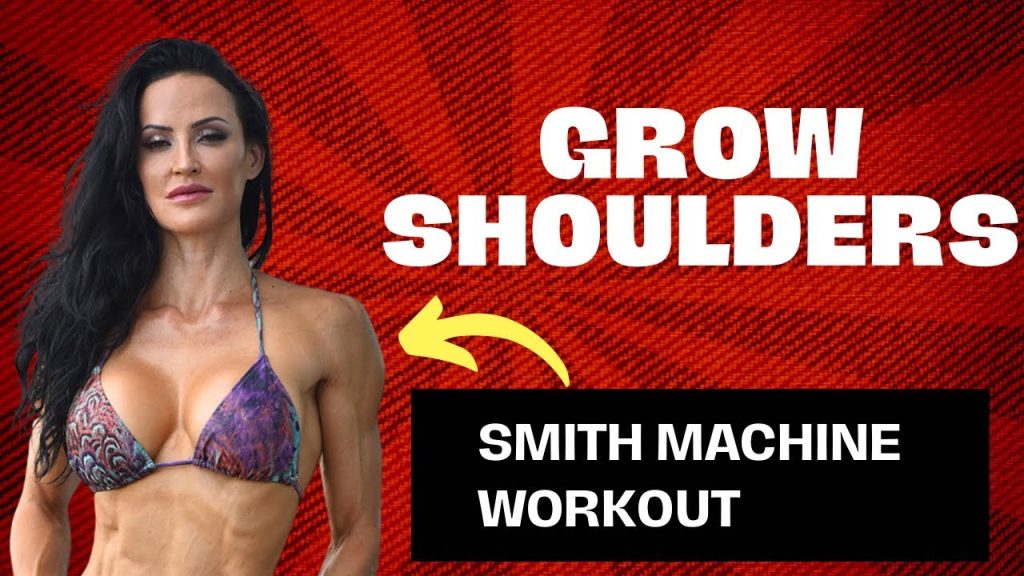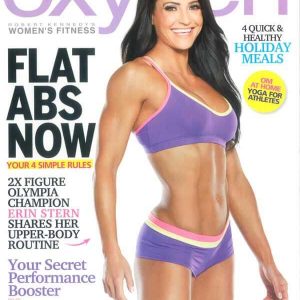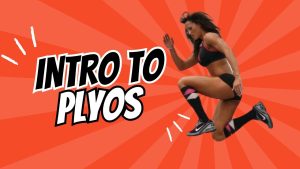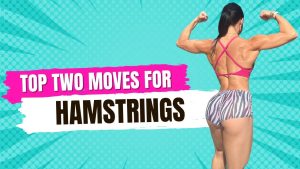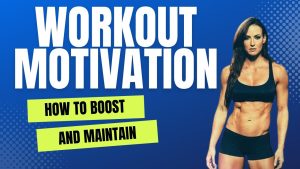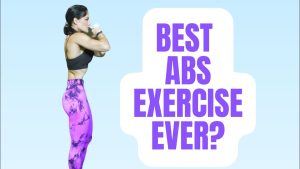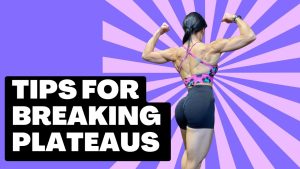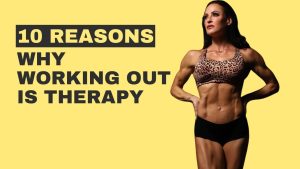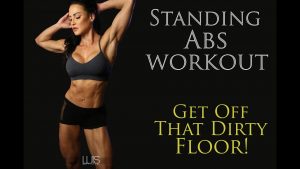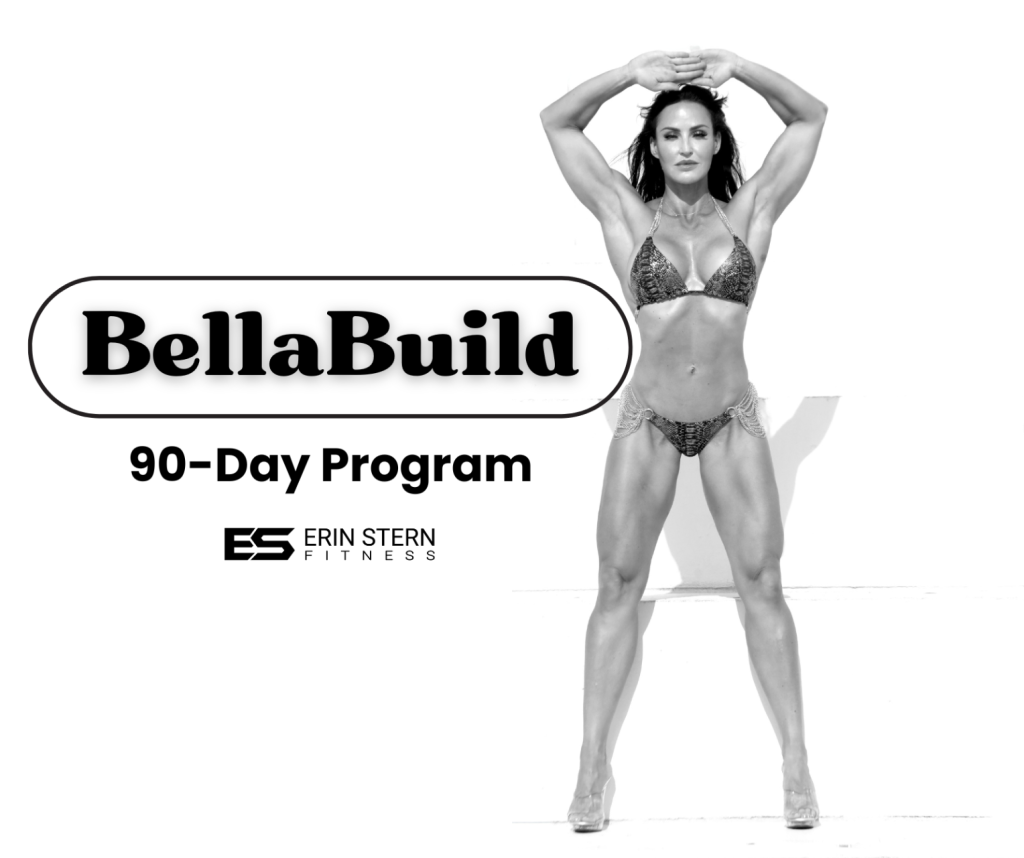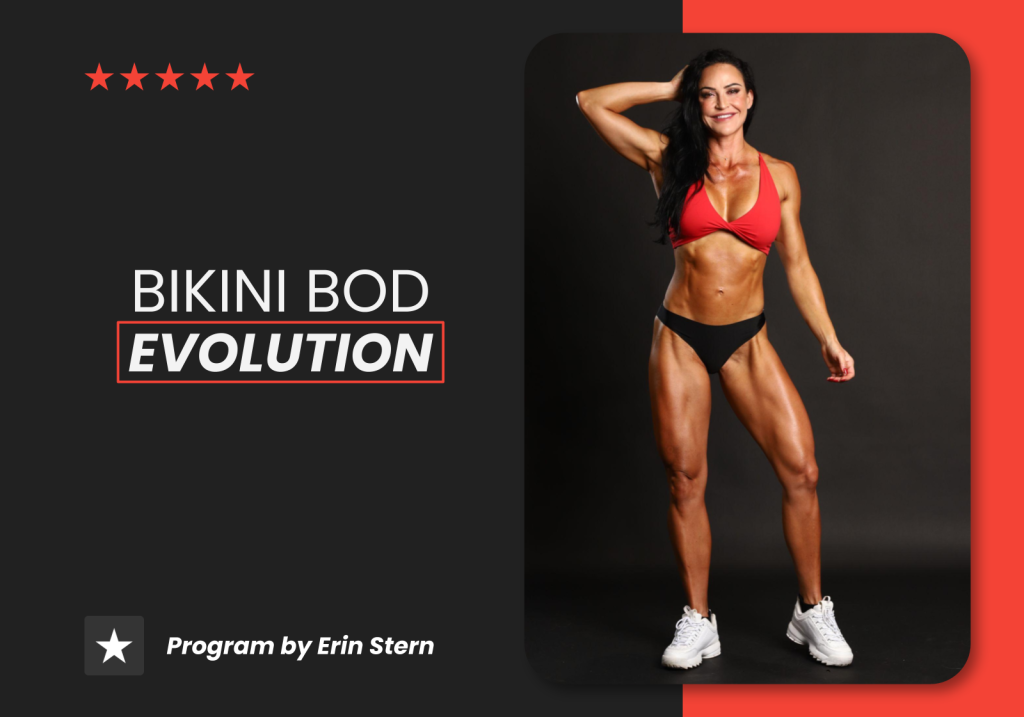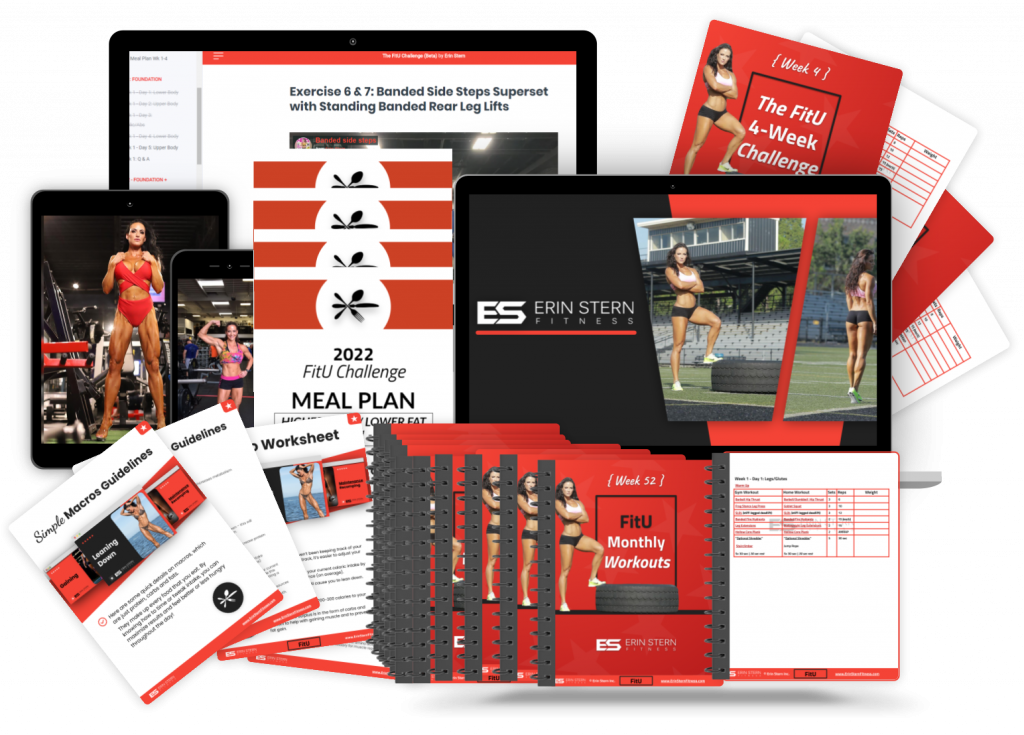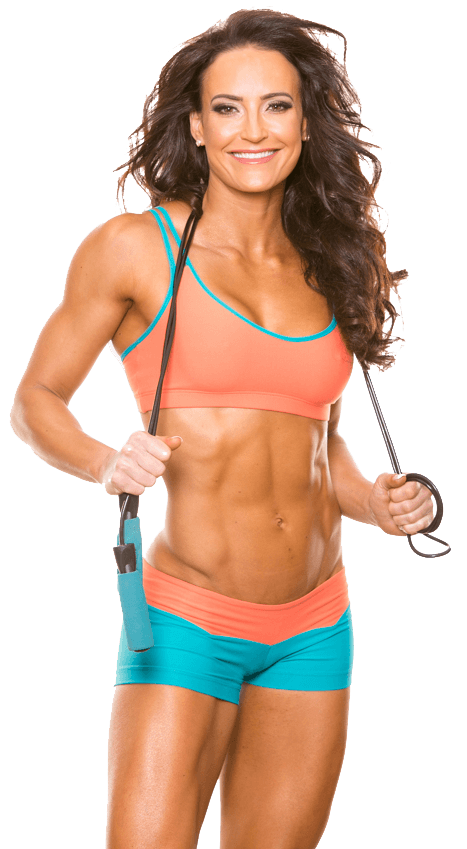Why I Love a Smith Machine Shoulder Workout
Today, we’ll cover how you can start building some boulder shoulders using the Smith machine.
What I absolutely love about the Smith machine is that it presents the best of both worlds: machine and free weight.
With the Smith machine, you have the flow of free weights, you’ve got gravity that you’re working against and you have the ability to kind of maneuver yourself around the bar.
You do have the stability of the bar being in a fixed plane which can offer a lot of benefits especially when it comes to improving mind-muscle connection and kind of taking out some of those stabilizer muscles that you would be using with free weights.
This allows you to focus on lifting the weight just a little bit more versus stabilizing yourself.
Now with this particular workout session…
I used a vertically aligned Smith machine, where the track runs straight up and down, and the bar weighs roughly 15 pounds.
If you’re working with an angled Smith machine or one that’s considerably heavier…
I’ll give you some suggestions below on how to make some substitutes and perhaps look to other exercises because a smith machine on an angle may not be what you’re looking for with some of the exercises in this workout.
If you have a dinosaur of a Smith machine and the bar weighs like 65 pounds, you’re probably not going to be able to do those lateral raises unless you’re the Hulk. 😊
I have to also say that if someone is waiting on that Smith machine please let them either work in or don’t monopolize the machine.
Gym etiquette is always first and foremost as it helps all of us make some good gains
Give This Smith Machine Shoulder Workout a Try
💪The Shoulder Workout:
1. Z press
2. Wide grip upright
3. Inverted row
4. Lateral raise (short lever)
5. Sideways single arm press (lunge position)
Without further ado, let’s dive into this shoulder workout…
1. Z Press
If you’re interested in really elevating your shoulder health, mobility, overhead pressing strength, and core strength, the Z Press is for you.
Start by sitting almost directly under the bar, a little bit behind, so you can allow that bar to travel in front of your face.
You’ll want to grip the bar at about one and a half times shoulder width. You can really experiment with your hand grip to see what feels right. I typically will settle on that one and a half times.
Now that you’ve got an overhand grip and you’ve wrapped your thumb around the bar, you want to make sure you keep your core nice and tight.
You have your legs extended out in front of you; this is going to help a lot with balance.
As you lower the bar, you want to think about bringing your upper body back just a little bit, keeping that core tight all along, and you want your elbows under the bar.
Keep those wrists straight, go nice and slow on the eccentric or negative, pause for just a moment at that mid-rep point, and then you can explode upwards with a little bit more speed.
Here’s how to do it with quick ques:
-
- Sit almost directly under the bar, slightly behind, allowing the bar to travel in front of your face.
-
- Grip the bar approximately one and a half times wider than shoulder-width.
-
- Use an overhand grip with your thumb wrapped around the bar.
-
- Keep your core tight, and your legs stretched out in front for balance.
-
- As you lower the bar, lean your upper body slightly back, keeping the core engaged.
-
- Ensure elbows are below the bar and wrists are straight.
-
- During the eccentric phase, slow down, pause mid-rep, and then push up with a little more speed.
Reps: 3-5 depending on your goals.
2. Wide Grip Upright Row
Now, if you have any wrist issues or shoulder issues, you’ll find that the wide grip upright row is a lot kinder to your wrist and your shoulders.
Start with a grip that is about two times shoulder width and you’ll want to use an overhand grip, wrapping your thumb around the bar.
Also think about keeping your forearm perpendicular to the floor, pulling up through the elbow, and keeping the arms in front of you slightly.
Feet should be about shoulder width apart with even distribution through the feet, core nice and tight, and upper body nice and tall.
And you want to think about from your hand to your elbow as just being part of the weight itself, and this can help think about pulling through the elbow.
Also, you want you to think about keeping your shoulders down; this will help to eliminate the traps from the equation.
-
- Start with an overhand grip that’s around two times wider than shoulder width.
-
- Wrap your thumb around the bar and think of keeping your forearm perpendicular to the floor, pulling up through the elbow, keeping your arms slightly in front of you.
-
- Keep your feet shoulder-width apart, with an even weight distribution through your feet.
-
- Core nice and tight, upper body nice and tall
- Core nice and tight, upper body nice and tall
-
- Keep your shoulders down, this will help to eliminate the traps from the equation.
- Keep your shoulders down, this will help to eliminate the traps from the equation.
3. Inverted Row
This exercise will be rear delt focused.
For this exercise, you want to think about…
Placing the bar right at about hip height making sure that the bar is directly over your chin so it’s going to be a bit higher than it would for your traditional inverted row because we are working rear delts here.
Overhand grip and don’t wrap your thumb around the bar for this one, as this can help take the biceps out of the equation so we’re really trying everything to just focus on those rear delts.
As you pull yourself up to the bar, think about keeping your elbows up.
If you allow your elbows to come down, your lats, which is a much larger and stronger muscle group, is going to take over. You really want to focus on those rear delts.
-
- Set the bar at hip height.
-
- Lie under the bar, aligning it over your chin.
-
- Use an overhand grip without wrapping your thumb around the bar.
-
- Focus on the rear delts as you lift. Ensure your elbows remain raised to engage the targeted muscles.
Reps: 3 sets of maximum repetitions.
4. Short Lever Lateral Raise
This exercise might take some getting used to.
With the bar being about 15 pounds, I am going to just start with an empty bar.
Now if your Smith machine is at an angle, I would say probably just add some plates here and just do plate lateral raises or dumbbell lateral raises, as the angle is not really conducive for those lateral raises.
What you want to do is you want to make sure that this bar is right up against your forearm and you want to have your palms facing down with a nice solid foundation to work from.
Your feet are going to be at about shoulder width; they can be a little bit more narrow. Almost think about working with the bar as you raise your elbow up. Think about pushing that bar up versus pulling up.
This is also going to help keep those traps out of the equation. And as with any single arm or unilateral exercise, you want to think about starting with the non-dominant side and let that dictate the number of reps that you do on the dominant side.
This can help really even things out. And then again, make sure that you’re doing the exercise evenly from the left side to the right side. This is going to help even out any asymmetries.
You can also use a towel against your forearm if you feel that the bar is a little too rough, but typically you’re going to be using lighter weight and it’s a really good idea to be able to feel the weight.
-
- Use just the 15-pound bar or substitute with plate/dumbbell lateral raises if your Smith machine is angled.
-
- Position the bar against your forearm, palms facing down.
-
- Think of pushing the bar up rather than pulling.
-
- Start with the non-dominant side first, letting it determine the rep count for the dominant side.
- Start with the non-dominant side first, letting it determine the rep count for the dominant side.
5. Sideways Single Arm Press
We’re going to be using a neutral grip here. You will want to be in a lunge position and make sure that your body is a little bit away from the bar, as this is going to allow you the full range of motion.
Again, you’ll be using a neutral grip. Make sure that you’re going to about parallel with your upper arm. You don’t have to go that low if you don’t want to.
Pause momentarily at that mid-rep point and really think about pushing that bar up with just your delt.
Now if your Smith machine is at an angle, you can actually do a Y-press here, so you’re going to be pushing from narrow to wide. This is an excellent delt exercise, so if you have the angled Smith machine here, I think it would actually be a bonus. But if you don’t, if you just have this traditional setup, it’s great too.
You want to make sure that you keep that core nice and tight as you switch from left to right.
Make sure that you’re performing the exercise exactly the same on both sides.
Also, make sure you’ve got a nice grip on that bar and you want your hand to be just a little bit in front of your upper body when you’re performing this exercise.
-
- Assume a lunge position, staying slightly away from the bar to facilitate a full range of motion.
-
- Use a neutral grip and delve deep into the movement.
-
- If using an angled Smith machine, opt for a Y press, pushing from narrow to wide.
-
- Engage your core, ensuring consistent technique on both sides.
📝 Notes For This Smith Shoulder Workout
Notes for an angled Smith machine or for a heavy bar:
1. Z press: if your Smith machine is at angle, orient yourself to where the bar travels upwards and outwards. This will hit more front delts and chest, but should put you into a good pressing position.
2. Wide grip upright row: orient yourself to where the bar travels towards you as you pull.
3. Inverted row: you’re good here.
4. Lateral raise: you may be able to do this exercise orienting yourself to where the bar travels away from you as you perform the raise. If the bar is heavy, grab some plates and perform plate lateral raises.
5. Sideways single-arm press: orient yourself to where the bar travels away from you as you press. If the bar is heavy, you could use a plate, dumbbell, or cable (my fave choice) instead.
For sets and reps, this will depend on your goals, recoverability, and overall weekly volume.
If you train shoulders once per week, you may be looking at 4-5 sets of 8-12 reps.
If you train shoulders twice per week, you may do less volume per workout, or 3-4 sets of 8-12 reps.
Need More Shoulder Workouts?
If you’re feeling overwhelmed and frustrated because you have to piece together workouts from different sources, I invite you to visit my site. You will find a variety of workouts to meet your goals.
From free workout programs to premium paid workouts perfect for beginners or advanced gym goers…
For new customers, there’s a 20% discount on our 90-day programs. Sign up for the free Fit Fam Letter so you can get your discount code…
These programs are based on progression, you 100% make gains if you’re diligent, keep track of your progress, and eating accordingly to the workout program.
If you try the workouts and you love these workouts, tag me on social media because it really just brings me joy seeing you take these exercises and make them your own.
Thanks for being here. I appreciate you!
Until next time, train smart and train hard!
➡️Share this post with a friend so they can give this shoulder workout a try too!
Want to watch the video of this workout? Watch it below…

